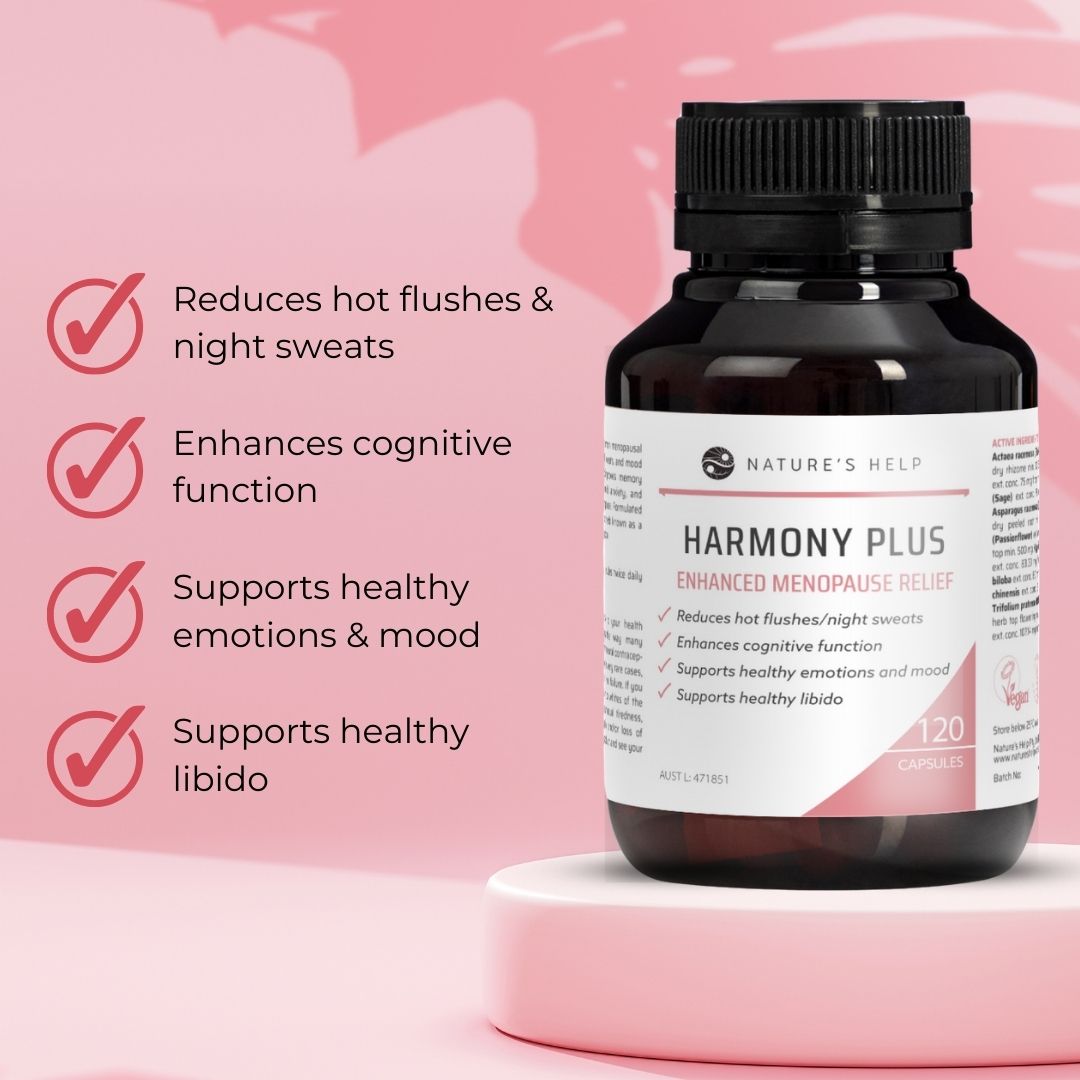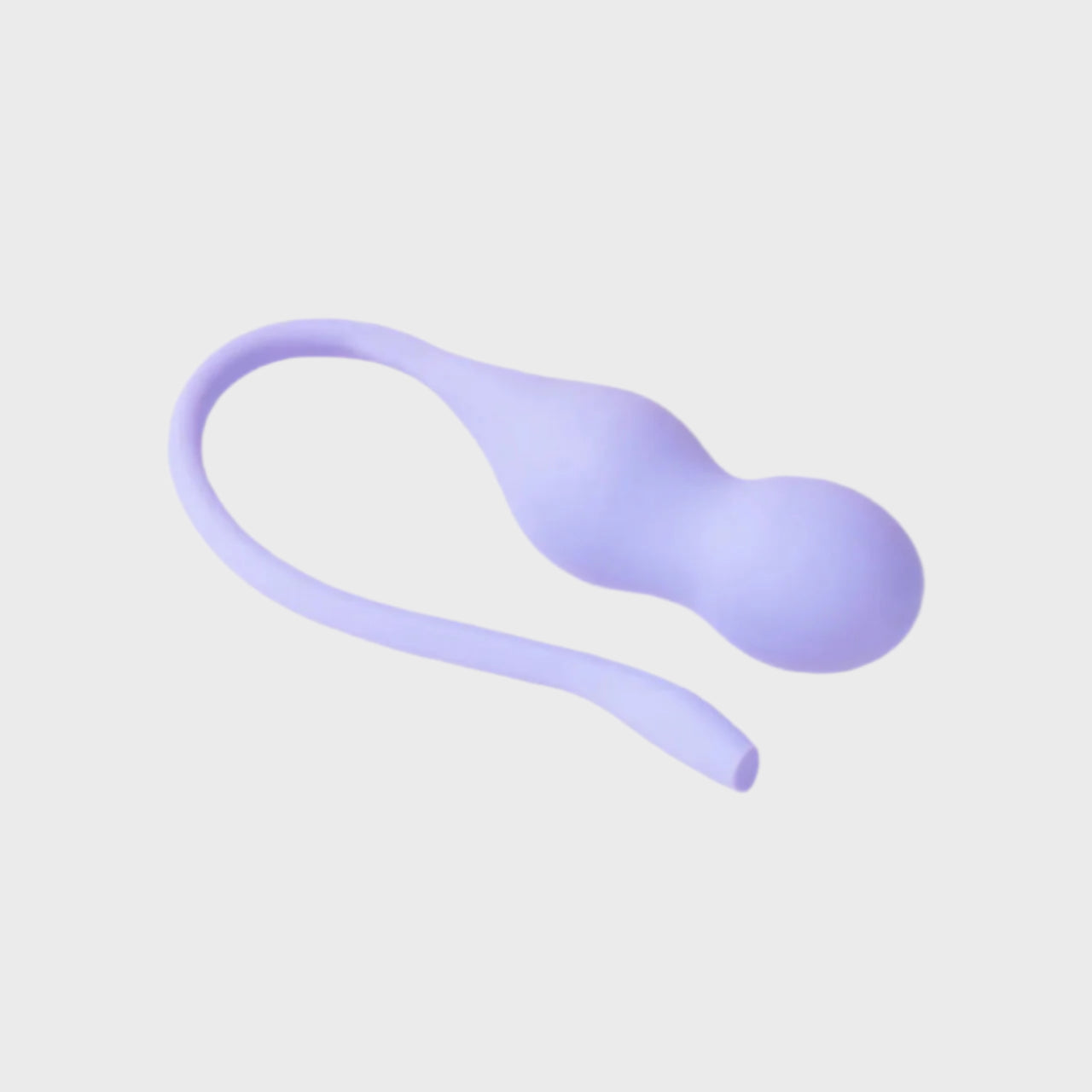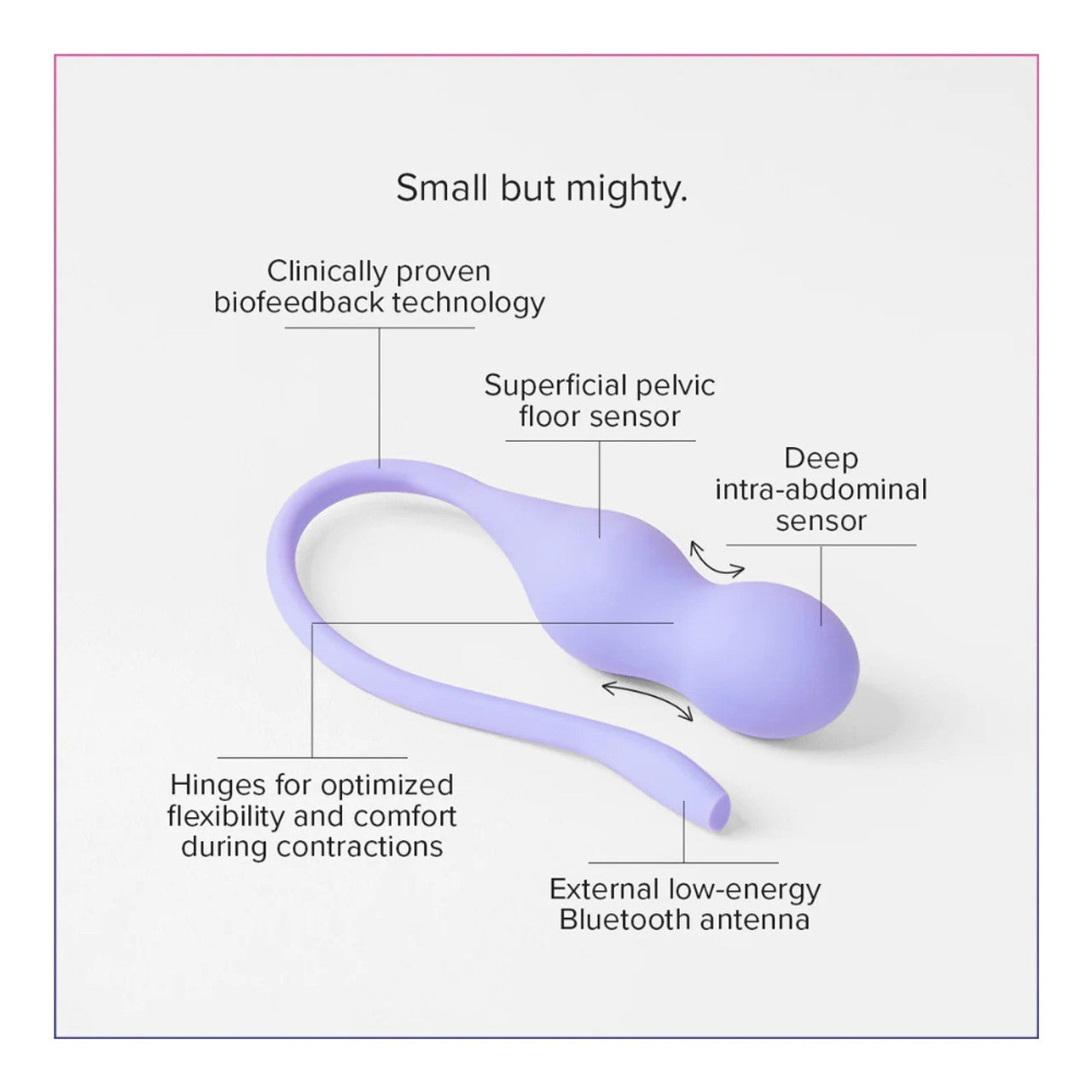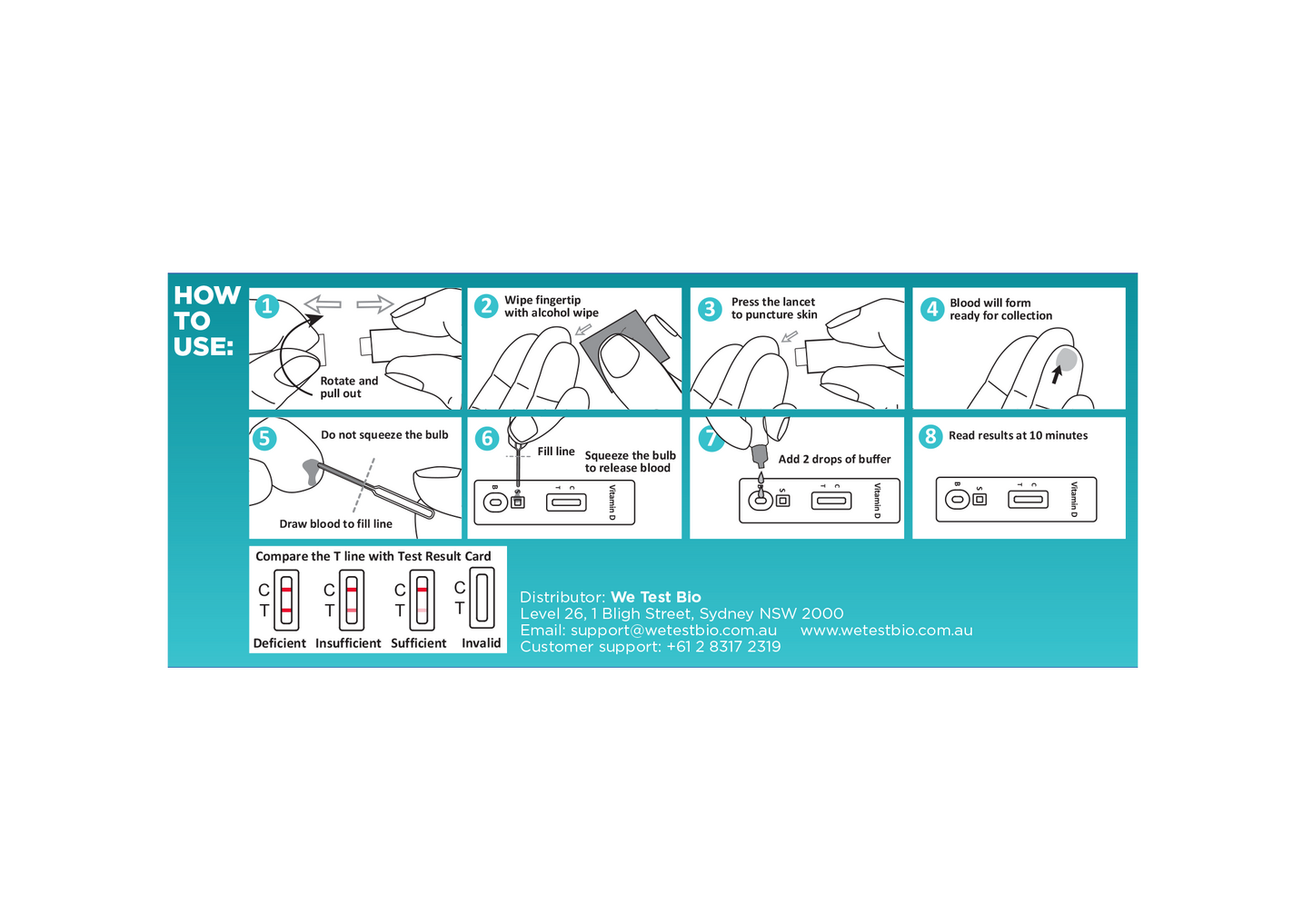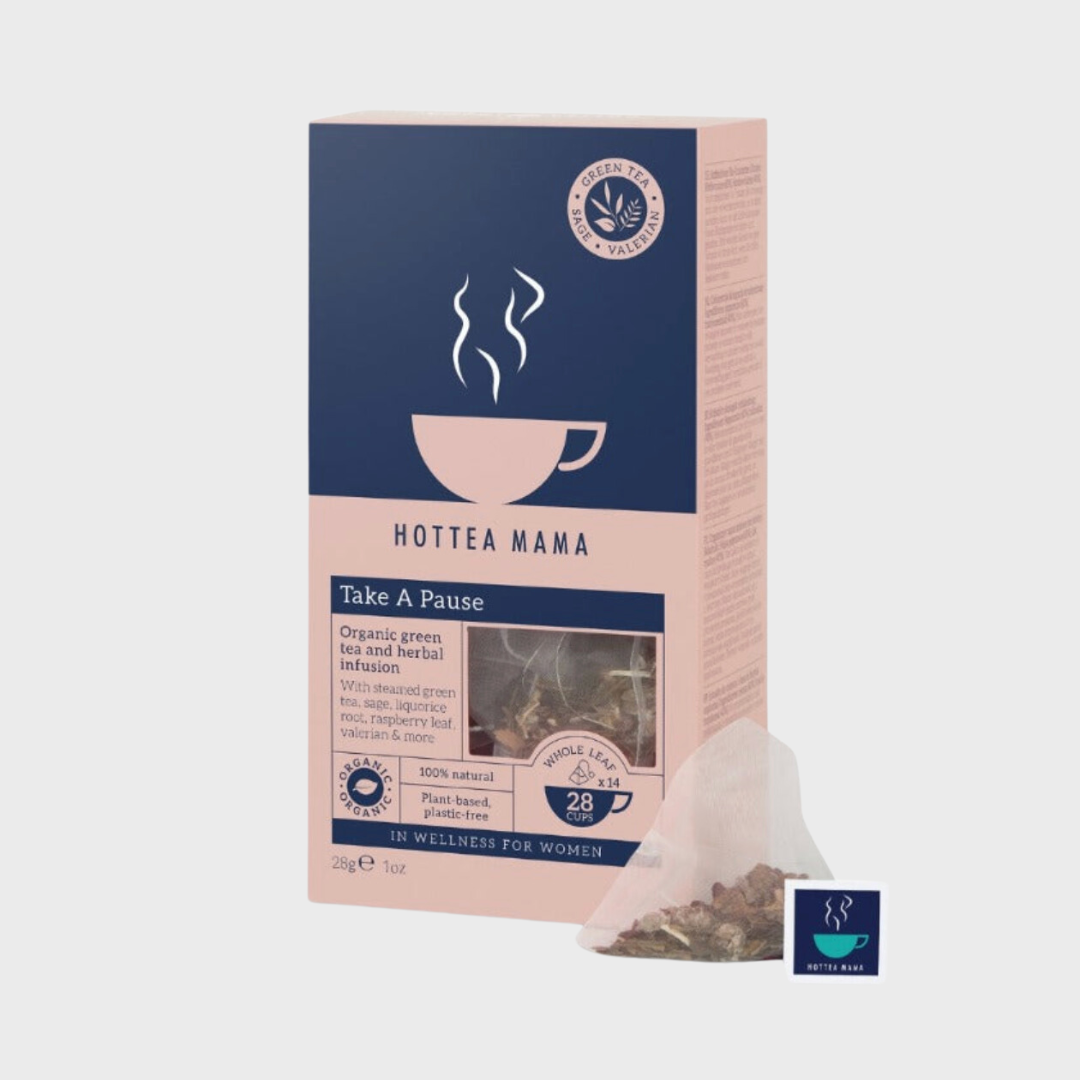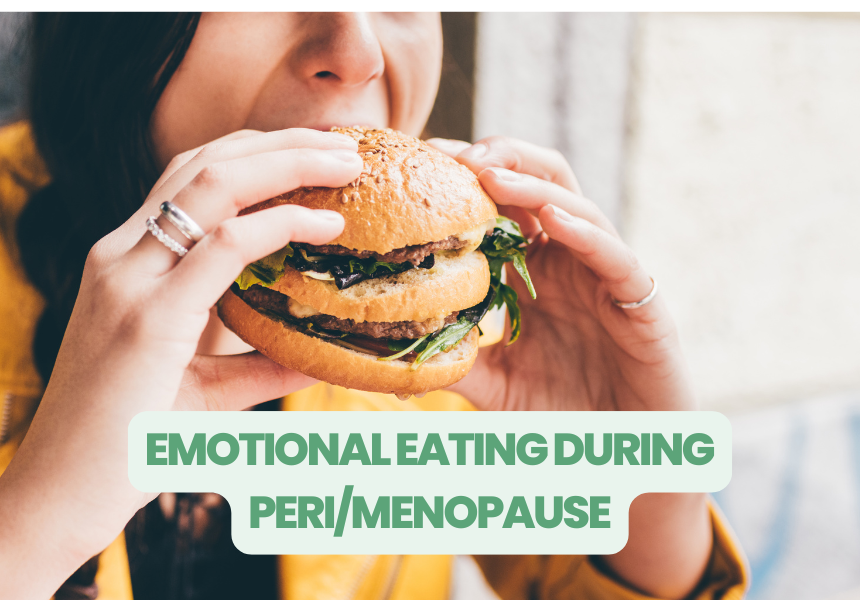

Katie Lyons, Certified Nutrition Coach, presents 7 strategies to reduce stress eating and foster a healthier relationship with food. This blog offers practical techniques such as mindful chewing, removing distractions, extending meal duration, rating hunger levels, addressing emotional eating, practicing non-food self-care, and incorporating pre-meal meditation. These strategies empower peri/menopausal women to make conscious food choices and develop a balanced approach to eating.
STRATEGY # 1 - CHEW YOUR FOOD
You don't often think about how you chew food when stress eating. We tend to think more about the types or volume of food we choose to eat rather than our emotional relationship with food.
We can significantly impact our health AND our emotional relationship to food by taking the time to chew properly.
Speed matters, because deliberate chewing helps take the urgency out of eating - it gives us time to think - to make different choices because our brains can be so wired, ready to receive the 'high' of demolishing something delicious! So slowing down might feel strange, like it's taking all the wind out of our "eating-high sails". But this is when we understand our emotional connection to food and eating. So chewing food properly is our first step towards reducing stress eating.
OKAY, LET'S DO THIS!
How Often?
Try it for at least one meal per day.
What Do I Do?
- Count my chews?! Yep, it can give you a gauge to work around. You could try between 30-50 'chews' per mouthful depending on the type of food – a piece of chicken or steamed broccoli is quite the workout!
- Or, if counting seems absurd to you, chew your food until it is 'pureed' in your mouth.
- We want to use our saliva to help break up and digest the food, the more saliva there, the better! Then use sips of water between your mouthfuls.
- How long different foods take to chew (or not chew) – chicken, cooked vegetables, raw vegetables, fruits, processed foods etc?
- All the different textures & tastes, crunchy, fibrous, salty, and sweet, dissolve instantly on your tongue. Become a MasterChef Judge!
- Can you identify the food groups that are easier to chew verses hard?
- Do you get 'palate fatigue' from different food choices?
STRATEGY #2 - REMOVE DISTRACTIONS
Okay, hands up, when was the last time you ate a meal without interruptions or some distraction? We're talking, devices, scrolling, tv, driving, or work disruptions. Multitasking our eating habits or distracted rushed eating can lead us to eat more.
With the following strategy, we want to make eating a meal a focused activity – giving it 100% of our attention.
WHY?
Removing external distractions gives us space to self-monitor.
- Self-monitoring helps us become more aware of what triggers us to eat at that moment.
- Then, we can be more mindful of our food choices and portions.
Think about a time when you've eaten standing in front of the fridge, over the kitchen sink or driving in your car. Do you always remember what snacks or meals you've consumed this way?
Mindless eating correlates to many activities. e.g., walking in the door from work and bee-lining to the fridge or picking kids up from school while snacking in the car. Moreover, this habit formation forms a strong bond because usually it gets repeated regularly at the exact times/locations daily.
Time To Create a New Eating Habit:
Choose a time/day that you know you can commit to, if possible when you're alone at first, then:
- Put your food on a plate.
- Sit the heck down.
- Remove distractions (tv, devices, books, driving etc.).
- And remember to chew!
Try To:
- Relax and experience your meal, and observe without judgement any thoughts that come into your mind. If it helps, be the MasterChef food critic again; how's it all tasting today?
- Use the distraction-free time to reflect on what's going well for you today. And what could you do to improve on what's working well?
- Consider what you might typically have done during this meal, e.g., what distracts you? How do you feel today? What do you notice about eating in this way?
STRATEGY #3 - EXTEND YOUR MEAL DURATION
Okay, hopefully, you've experimented with
- Chewing your food properly.
- Eating distraction-free.
Both these things already help to slow our eating times, but we want to extend the duration of our meals a little further; the end goal is 20mins minimum!
Why 20mins?
Food has to make its way to our stomach and small intestines (and other hormones like insulin play a role, too) to send a signal of fullness to our brain. This signal comes from our appetite-controlling hormones – Ghrelin & Leptin.
Think about how long your meal typically lasts. 5mins? Now think about how much more you might eat within the next 15mins in moments of "mmmm, I'll just have one more bite, portion, serve".
Much of our overeating can happen during that 20-minute window – before we receive fullness signalling.
How to Extend Meal Duration:
If you need more than 20mins, to begin with, try just extending your meals by a minute or two at a time and build up the duration. Here are some tips to help stretch it out:
- Remove distractions, and sit down with food on your plate.
- Chew properly.
- Put down your utensils between bites.
- Finish one mouthful before starting the next.
- Take sips of water between portions.
- Pause for a minute between mouthfuls.
- Observe how long your meal takes and try to extend it at the next meal.
STRATEGY #4 - RATE YOUR HUNGER
We're talking about our real physical hunger today!
HUNGER - is the physical sensation of the body's response in sensing a lack of food in the stomach.
APPETITE - is a psychological manifestation triggered by things like boredom, stress, emotional events, or the presence of highly desirable foods.
Okay, so all the chewing, removing distractions, and taking time to eat our meals slowly is our foundational work.
Now we know how to create time and headspace to focus on our physical sensations of hunger and fullness. To do this, we can use a tool called the 'Hunger-Fullness Scale'.
The Hunger Fullness Scale
It works by scoring how physically hungry (and not hungry) we feel before, during and after a meal.
You rate yourself out of 10 for how hungry or not hungry you feel.
- You give yourself a score before eating,
- Then you assess how you feel every couple of minutes throughout the meal,
- Reviewing the number on the scale.
Something to think about:
- Starting to eat at the right time is more manageable than stopping.
- Stopping can take some experimentation, so take your time, pause, and sense how full you're feeling.
- If leaving food on your plate feels 'wrong' or 'wasteful', wrap it up for a snack for later.
- Get used to checking in with yourself throughout the day; how hungry are you, actually?
Being able to recognise this 7/10 fullness feeling and then stop eating, guilt-free and satisfied – is the most empowering feeling!!
STRATEGY #5 - EMOTIONAL HUNGER - BREAK THE CHAIN
Here we are, the crux of the challenge! Mood swings are no joke in midlife. Irritability and sadness are the most common emotional symptoms of perimenopause and menopause.
Finding comfort in food and having a solid emotional connection is natural. It's at the centre of so many things we do! And occasionally, using food as a pick-me-up, as a reward, or to celebrate isn't a bad thing.
But when eating becomes our primary emotional coping mechanism—when our first impulse is to open the refrigerator whenever we're stressed, upset, angry, lonely, exhausted, or bored—we risk getting stuck in an unhealthy cycle.
The habit of turning to food to cope might then create guilt and shame — more difficult feelings to navigate.
Our emotional hunger can hit hard and fast. It's felt in our heads (not our stomachs) and usually demands a specific food taste and texture.
But these feelings don't come out of nowhere. Something led us to them, so let's get a little deep today. But first, let's see if we can determine the links in our emotional chain.
STRATEGY #6 - FIND SELF-CARE IN A NON-FOOD WAY
Okay, we get it! The last thing we want when we feel like we're drowning and torn in every which direction is someone telling us to practice self-care.
But now, more than ever, is the time to look after yourself.
Because this is the key to feeling more in control of your emotions to reduce the stress of eating, now is the time to make a plan to help you cope better with life's challenges - in a non-food way.
Giving yourself a little pre-emptive self-care during your day can do wonders for your 'I need a food reward' mentality of the evening.
So, give it a try, and create a self-care plan; whether it's a list, self-care wheel or a vision board, that's entirely up to you!
3 Basic Steps to Creating a Self-Care Plan
- Assess your needs - list the areas of your life, work, relationships, family, study, finances, health etc
- Associated stressors - record the stress associated with each of these areas.
- Strategise - think of a self-care practice that helps reduce or eliminate the areas of stress you have registered.
Our Top 20 Self-Care Ideas:
- Working on your self-talk, reframing negative stories that you compassionately tell yourself.
- You are being honest with yourself about how you deal with the stresses in your life.
- You are talking with a friend who'll sit and listen while you vent all your stress.
- We prioritise "me time" to pursue hobbies and engage in calming activities such as meditation or walking.
- We spend time in nature, sunrise, sunsets, beaches, parks, lakes, rivers, or mountains.
- We are limiting time spent on social media and devices.
- Speaking to health care professionals about taking menopause hormonal treatment.
- We are starting each day with an intention in mind. What will help you feel healthy today? What will help you feel connected today? What will give you a sense of purpose today?
- Taking time to be creative, music, painting, dancing, drawing, singing, photography, fashion, cooking
- Improving your physical strength, really focussing on resistance training
- Practise gratitude, track using a journal, affirm the good things you've received and acknowledge other people's role in providing your life with goodness.
- You are eating nourishing foods to give your body a chance to deal with midlife changes.
- Drinking more water and reducing alcohol and caffeine.
- Prioritising sleep and rest, going to bed early or taking naps.
- Educating yourself about menopause, use self-help tools that are approved by research.
- You understand the value of exercise to help shake off stress and improve your mood.
- We spend time with loved ones, grandchildren or lunches out with friends.
- It is up-to-date with any necessary health check-ups - cholesterol checks, mammograms, colonoscopies, bone density scans, skin checks, and eye exams.
- Taking extra time to look after your skin and hair, massages, facials, and new moisturiser routines.
- Learning something new, returning to study, enrolling in a course.
STRATEGY #7 - MEDITATION FOR EATING
Use a short meditation practice before we eat. Stay with us! We're talking super quick, like a minute or 2!
This strategy is a big one; research shows that deep breathing techniques significantly reduce the production of hormones associated with stress, such as cortisol.
Stress (Cortisol) – Sleep – Hunger – Loop
Continued elevated levels of stress affect our sleep quality. Poor sleep impacts our hunger hormones, increasing our hunger hormone (ghrelin) and decreasing our satiety hormone (leptin).
Now that we are tired and extra hungry, decision-making becomes impacted, we might eat poorly, move poorly, and then sleep poorly, so the cycle repeats itself.
Deep Breathing for Digestive Health
Deep breathing before eating primes the body to relax and prepare for digestion; this dramatically improves digestive processes, helping us to feel fuller sooner, reducing stomach bloating & indigestion, and helping to improve bowel function.
Breathing Practice to Try:
'Box Breathing', also known as resetting the breath or four-square breathing, these tips can help:
- Finding a quiet space to begin.
- Placing one hand on the chest and the other on the lower stomach can help.
- When breathing through the nose, try to feel the air and see where it enters.
- Focus on feeling an expansion in the stomach without forcing the muscles to push out through the mouth.
- Try to relax your muscles instead of engaging them.
- Don't force the 4-second hold if it feels like you're straining; start with 3 or even 2 seconds.
A little pause before eating with a minute or two of breathing practice can significantly help with the sense of urgency of emotional eating.
Author: Katie Lyons
Certified Nutrition Coach
You might also like to read our recent blogs.
https://aviiana.com/blogs/helpful-resources
Join Our Menopause Support Group For Free!



